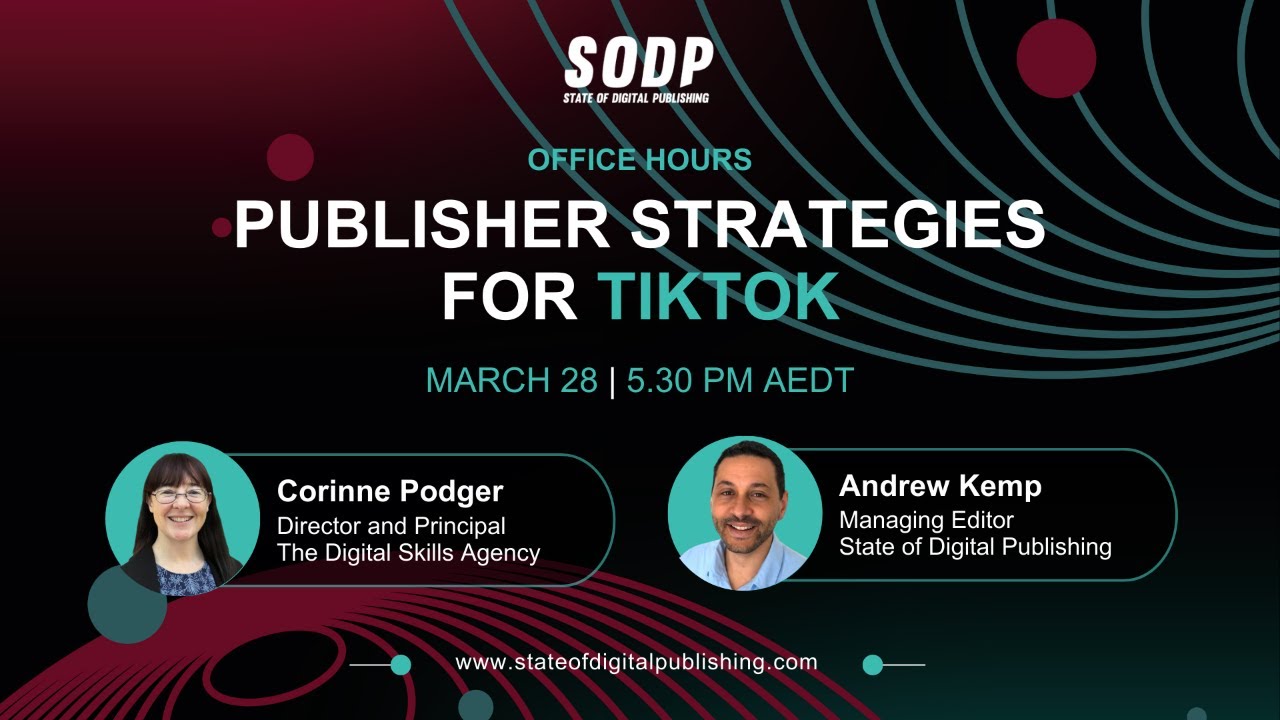Allison Murphy is Senior Vice President, Ad Innovation at The New York Times Company with a passion for revenue strategy, product innovation and org transformation. Her favorite thing is building and evolving smart teams who get stuff done.
What led you to start working in the advertising and publishing industry?
I’ve always loved journalism, dating back to working on my high school newspaper. For a long time I even thought I’d be a journalist (which, it turns out, is common among business-side folks at The Times!).
Instead I headed into business consulting and realized that I also loved the challenge of cracking business challenges and planning for growth. After a few years I thought I’d try to bring those together, and that led me to The Times.
How did this lead you to join the new york times?
I knew I wanted to work in the intersection of business and media and, when I got an offer to join the strategy team at The Times, it was an obvious ‘yes’ for me. This was in 2014, which was a moment when a lot of new digital-first publishers were launching and thriving; but, the chance to work for a storied brand known around the world was most appealing. Then, the day after I accepted my offer, the Innovation Report was leaked. Reading through it, I knew I’d made the right choice to go to a place with ambitious, critical thinking and a true commitment to transformation.
During permutive’s make possible online (nyc edition) event you mentioned new york times recent decision in no longer selling third-party data. How is this going so far, both culturally and from financial perspective?
Today, much of the audience targeting available in advertising is powered by third-party data. For some time, we’ve wanted to change this. Most importantly, we don’t like the rampant, untransparent tracking of user data around the internet which is the basis for third-party segments, and we know our users and subscribers don’t either. Also, from an ad standpoint, we know this data is opaque and flawed and often not very performative as a result. We knew we could do better.
For the last year, we’ve been building our portfolio of first-party alternatives from the ground up. That means surveying readers for new data, hiring additional analysts and data scientists to build models, architecting wholly new infrastructure for ad targeting that doesn’t pass through a DMP, and more. It’s been an extraordinary effort that has touched most parts of the company.
Now, we have 45 segments available that cover common demographic targets like gender, income, and industry. Over the next couple months we’ll launch more than 30 more focused on audience interests like business or culture. In combination these replace the majority of third-party segments we sell today. And, using first-party data, we open up the path to new types of targeting based on things like user journey (e.g. did you come to us via social or search?) or brand cues (e.g. do you often click on ads for luxury products).
We have also put tremendous effort into the rigor and validation of these segments. We want our products to work better than alternatives. So we’re doing all kinds of internal look-back analysis, plus A/B testing versus third-party segments, plus working with a partner who has extensive panel data to vet and test what we’re offering.
All to say: we feel very confident about our decision to shut off third-party segments starting in 2021. It’s completely in line with The Times’s commitment to trust, transparency and reader relationships; it’s better for our clients; and we know we’ve built a superior offering in the process.
What are the channels and platforms publishers can go, in order to build direct relationships with their audiences?
We build relationships in so many ways and are always thinking about new channels. One important channel for us is audio, including our huge hit The Daily. It’s free and available on a lot of major podcast and radio outlets, and we’ve found that it is introducing a large and different audience to our journalism, which then brings them to The Times. Our work in television, like our partnership with FX on The New York Times Presents (formerly The Weekly) is another example of this top-of-the-funnel awareness about our brand and journalism that we think ultimately brings people to us by introducing them to the on-the-ground reporting and storytelling at our core.
With the web being largerly unauthenticated, how can publishers both activate and convert audiences into authenticated data users whilst maintaining privacy?
It isn’t easy, and it’s a place where I’m always conscious that The Times is ina different position than a lot of other publishers, especially (and worryingly) smaller local pubs. We’ve focused on being a destination and building direct relationships with our users for over a decade now, so we have a running start here.
That said, I think it all comes back to having a relationship with audiences. You need to be able to ask them to register, or login, or provide information to you directly, and that will only happen if you’ve built a site that they value and trust, filled with quality content. I do think users are more and more used to seeing regiwalls and login screens, so I hope that is transferring to other pubs.
What can publishers do (the ones who haven’t started moving away from third to first-party data) in order to catch up and make it a priority? What would be the single most important priority?
Most importantly, I believe this has to be an “all-in” decision. That means the whole company needs to understand it and get behind it, because it’s going to be hard and it isn’t short-term. We spent hours with our senior-most executives detailing improvements we could make, and what a path forward would require from engineers to analysts. This is because first-party data is ultimately about the relationship a publisher has with its users, and that goes way beyond advertising.
For peers in advertising, I’d also warn that it’s a mistake to wait for others to come up with solutions. There will always be platforms and vendors who claim to have a silver bullet, easy-to-implement solution that lets you more or less operate the same way you do now. Only time will tell, but I am very skeptical of these claims. At a minimum, investing in some form of first-party offerings that you control — even if it isn’t the full transition we’re doing at The Times — is a wise path to managing a really uncertain moment in advertising.
Content from our partners
What are the Ad innovations you are exploring and that most interest you this year?
So many! Of course, I’m excited about how much we can still do with first-party targeting, where we are really only scratching the surface. But beyond that, I’d say two things:
First, how we take that same data and use it for insights. If you can target using data, that also means the data can help us answer questions like “what does a c-suite woman most often read on our site?” and that can inform media and creative solutions. We already have tools to surface this data, like Readerscope, but with so much new data, we have a universe of opportunity to expand that.
Second, we know that the best ad solutions for The Times relate to the incredible work of our newsroom and consumer product. So as we make big leaps forward in areas like audio, we are spending a lot of time figuring out the best ad opportunities to accompany them.
Do you have any advice for ambitious digital publishing and media professionals looking to build their own first-party product?
Make sure you have stellar, expert partners, because this is going to take all of you. None of this would be possible without our outstanding leaders in data and data science and data engineering. I also rely so much on our experts in legal and data governance. This is a complex area with a lot of uncertainty in the regulatory and technical landscape. It takes all our combined best thinking to figure out where to go. If you don’t have specialists in your own company, spend the time building relationships with industry groups and outside organizations who can help advise.












